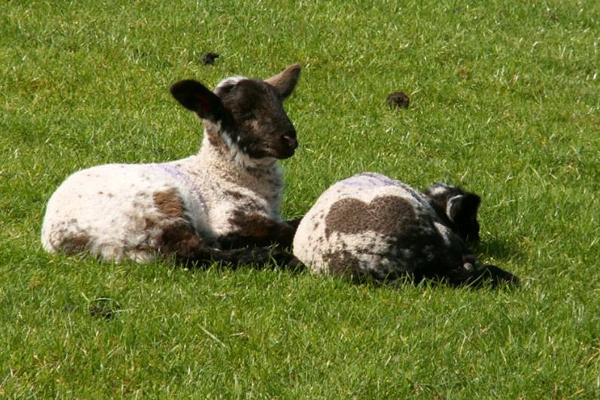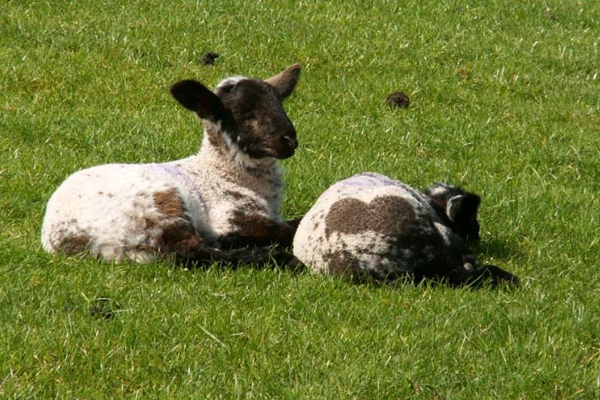What You Need To Know About Neonatal Clostridial Diseases in Sheep
5 May 2023
Clostridial vaccine shortages and limited availability this year could mean that for some flocks the risk of neonatal clostridial disease in lambs could be increased. Clostridial diseases are caused by multiple different clostridia bacteria, all of which are in the environment, and the only way we can protect stock is to maximise their immunity. Vaccination is a good and effective way to do this.
Commonly referred to as silent killers, typically, the first indication of a problem is the farmer finding a dead lamb, without any observed clinical signs.
Clostridial diseases include:
- Lamb dysentery
- Pulpy kidney
- Braxy
- Black disease
The two most common neonatal clostridial diseases diagnosed by SRUC Vet Services are lamb dysentery and pulpy kidney.
Further Information
Lamb dysentery
Lamb dysentery risk is highest in the main April lambing flock. The most common presentation is sudden death, occasionally with reports of a preceding bloody scour, potentially with multiple lambs affected. A review of cases carried out by SRUC found that that over 90% of diagnoses are made in April and May with flocks lambing outdoors representing over 70% of the submissions. Although lamb dysentery traditionally is thought to affect very young lambs (lambs under 3 weeks of age most likely to be affected), occasional cases in lambs older than this are also found.
Pulpy kidney
Most diagnoses of pulpy kidney occur in April and May. A small number of these diagnoses are in neonatal animals, however due to fewer post-mortems of lambs of this age, it is likely that this is underdiagnosed. The major clinical sign is sudden death.
Clostridial vaccination of ewes with good quality colostrum quality, plus effective ingestion and absorption in the lamb shortly after birth offers reliable protection from disease. However, this so-called passive immunity only lasts for so long. Lambs must be vaccinated themselves from three weeks of age.
What to do if you’ve had a clostridial disease diagnosis
In flocks where diagnoses have been confirmed, reviewing vaccine use, colostrum management and considering earlier Clostridial vaccination of growing lambs to protect from other Clostridial disease risk may be appropriate.
If you have concerns over clostridial disease and the availability of clostridial vaccines, if you have not already done so seek advice from your vet in order to discuss and plan vaccination in order to protect your flock.
By SAC Consultant Sarah Balfour.
Related FAS Materials
Alternative Clostridial Vaccines | Helping farmers in Scotland | Farm Advisory Service (fas.scot)
Safe and Effective Vaccination | Helping farmers in Scotland | Farm Advisory Service (fas.scot)
Sign up to the FAS newsletter
Receive updates on news, events and publications from Scotland’s Farm Advisory Service

